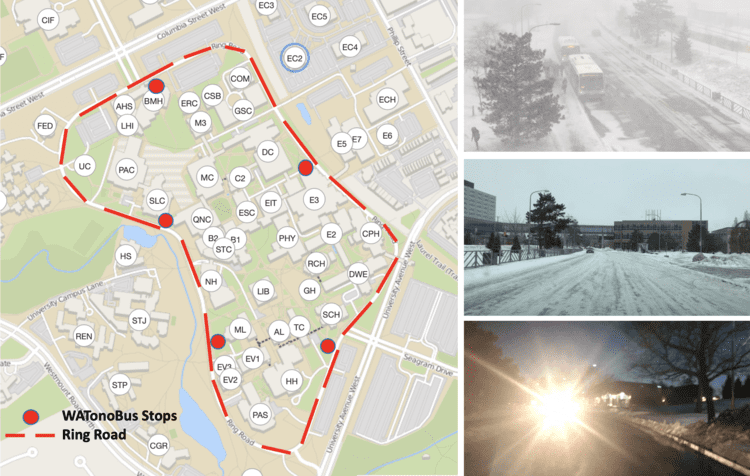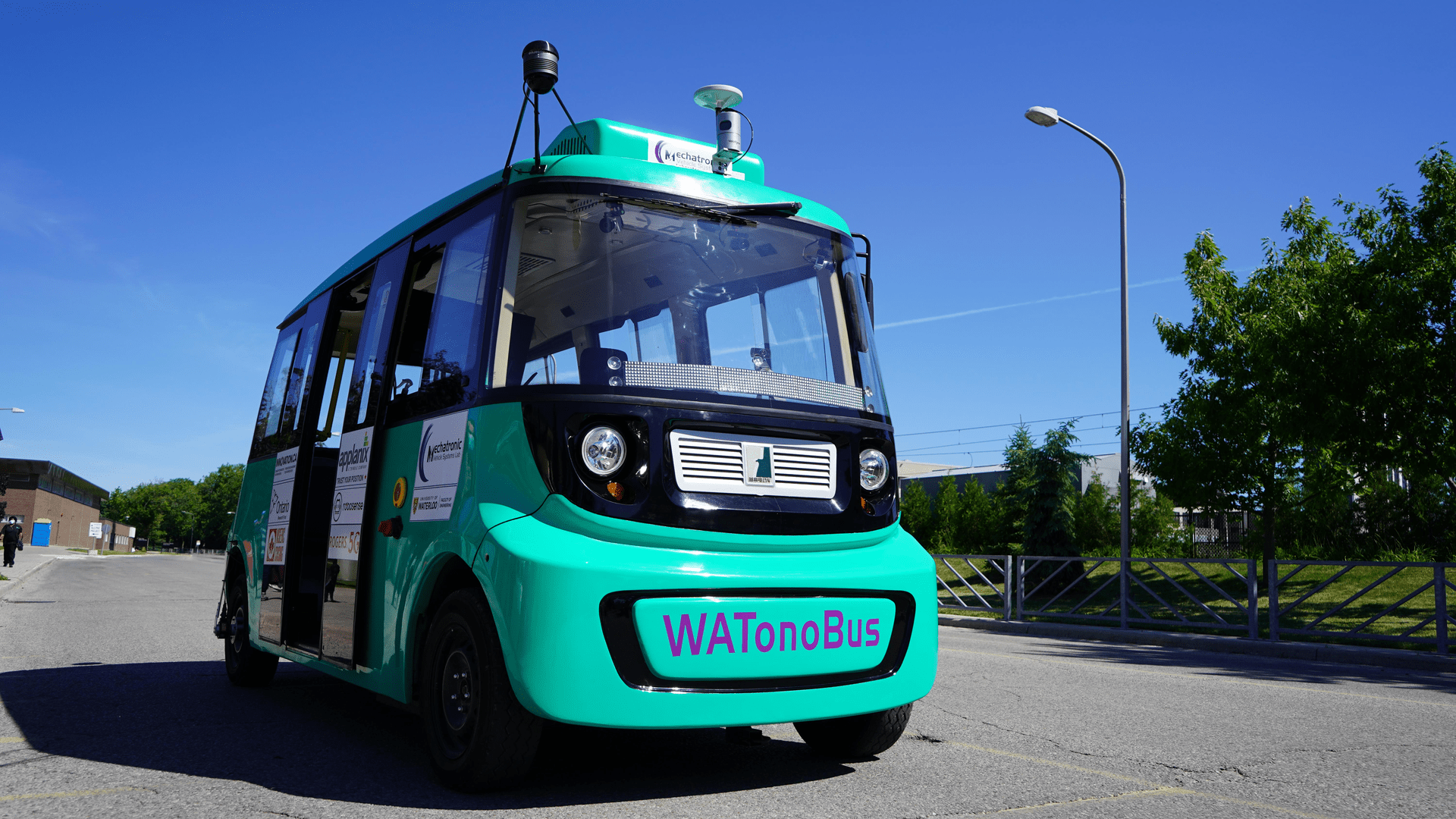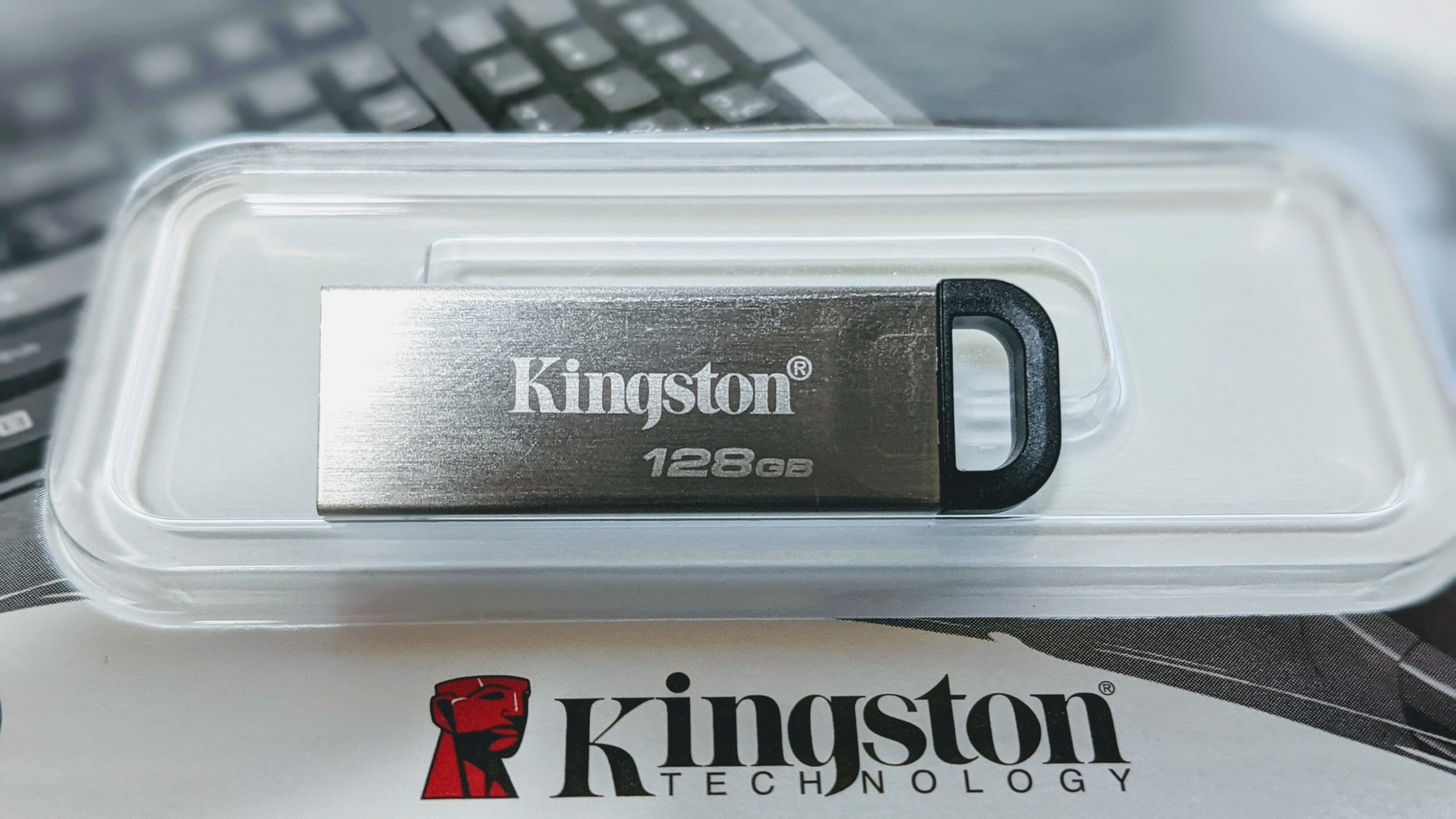In a first of its kind in Canada, the University of Waterloo in partnership with Rogers has launched an autonomous 5G shuttle that will transport students and staff around campus. The shuttle dubbed the “WATonoBus” becomes the first shuttle in the country to be remotely controlled over Rogers 5G network. The University through its partnership with Rogers is aiming to support researchers developing further 5G applications and deliver made in Canada technology to the market.
The shuttle, which runs a 2.7-kilometre loop journey, covers much of the University’s main campus grounds and goes over areas of light rail transit. Over 5G, the shuttle communicates with the university’s lab research control centre where a remote operator can take over control when needed.
Are driverless busses the new normal?
“As real-world 5G use cases such as the WATonoBus begin to take shape, we are starting to see the potential of 5G come to life,” said Jorge Fernandes, Chief Technology Officer at Rogers Communications. “Smart cities and smart transportation solutions are poised to help make cities safer, more efficient, and more environmentally friendly. This example of 5G innovation shows the importance of fostering 5G research and development to help fuel industries and drive Canada’s digital economy forward. We are proud to help enable this important 5G moment as part of our partnership with the University of Waterloo.”

What does it feel like to ride the bus?
Onboard the shuttle, the vehicle uses a variety of sensors like a suite of front, rear, and side cameras; light detection, and ranging (LIDAR) active remote sensing system to help it navigate people and objects. This technology suite is important to ensure the vehicle can operate safely and effectively.
Before the shuttle will enter regular service, the entire system requires full system approval from the Ontario Ministry of Transportation (MTO). As a result, this driverless autonomous vehicle still requires a safety operator to be on board while the University of Waterloo participates in Ontario’s Automated Vehicle Pilot Program.
According to the University federal and provincial funding for the project is provided by Canadian Foundation for Innovation, the Ontario Research Fund and the Natural Sciences and Engineering Research Council in addition to support from private partnerships.





















Comments